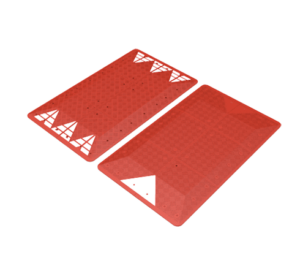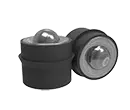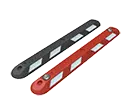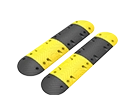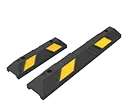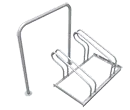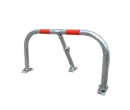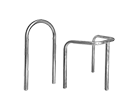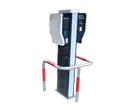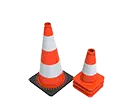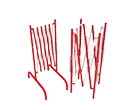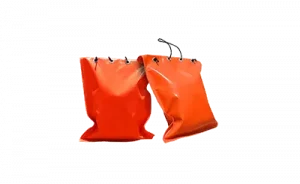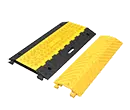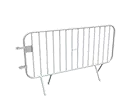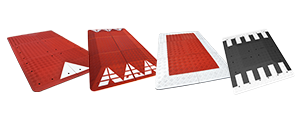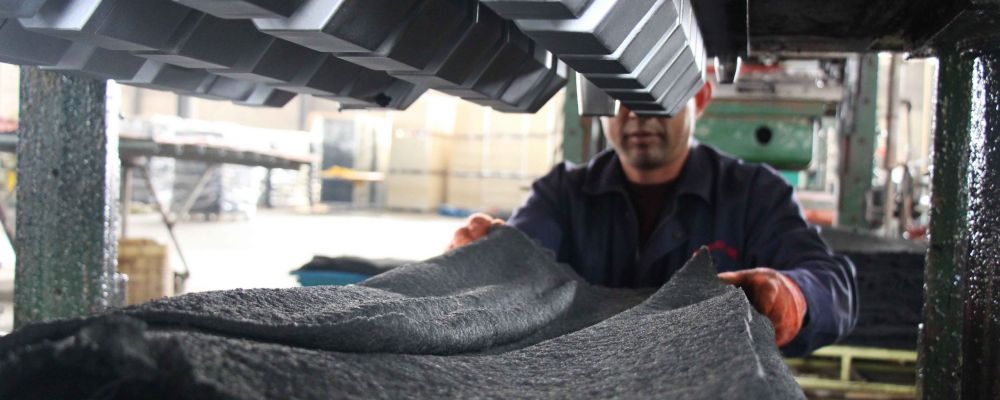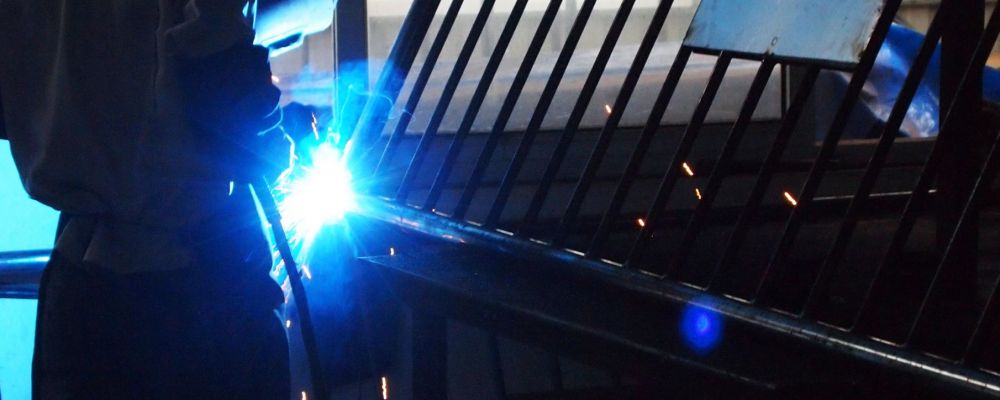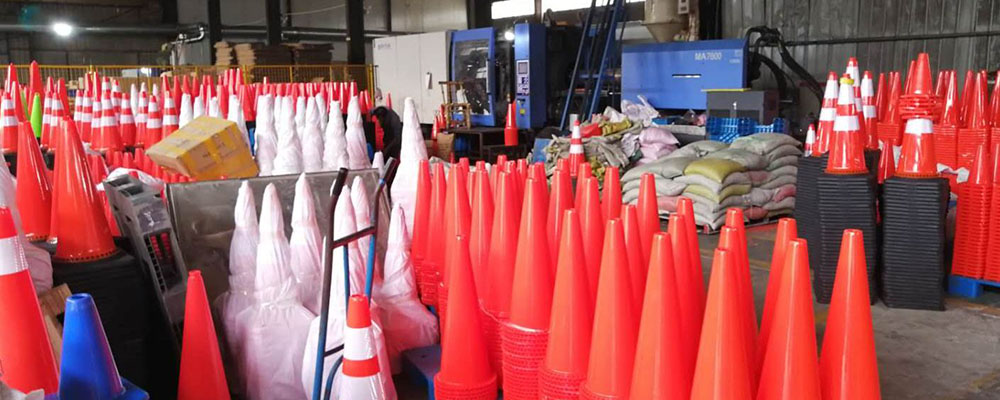Different types of speed cushions: the most complete summary!
Speed cushions, also known as speed tables, are speed limiting and traffic control devices with a wider track and raised section to slow down cars, motorists, automobiles, and other vehicles.
The shape and installation of this road traffic safety equipment are designed to minimize the vertical uplift of the vehicles and passengers.
Above all, speed cushions ensure pedestrian safety, prevent fatalities, and decrease the incidence of hazards.
If your city street or road is loaded with bicycles, motor vehicles, cars, and pedestrians, get the benefit of speed cushions and live in a safe zone. Here everything about speed cushions is summarized to help you find the safest cushions effortlessly.
Do you want to know more about this topic? We also have an article to discuss everything you need to know about speed cushions.

Rubber speed cushion: your best choice!
Speed cushions are road safety devices raised from the centre to give a slight bulge. Instead of jolting the driver, vehicles smoothly cross speed cushions with one set of wheels on the cushion. Speed cushions limit the speed to 15 – 20 mph and contribute to traffic management.
Properly spaced speed cushions in lanes and sidewalks greatly help to minimize traffic volume. There are several types of speed cushions in the market with different materials, designs, and colours, but rubber speed cushions give an ideal selection opportunity.
Rubber speed cushions are made of durable rubber, making them highly effective and sturdy. These rubber speed cushions maintain traffic outflow without affecting heavy traffic and ambulances.
Speed cushions are wider enough to slow cars and narrow enough for buses and emergency vehicles to straddle. When a vehicle reaches speed cushions, the drivers are automatically engaged to slow the traffic speed.
On the other hand, some vehicles carry delicate equipment, and sudden jolts can harm them. But rubber speed cushions allow smooth passage without any hindrance.
Speed cushions are also ideally safe to use in residential areas or along the roadside to reduce speed and manage traffic direction. Property owners can slow traffic and show speed limit signs to slow down the traffic in driveways, pavements, or crosswalks.
Traffic signals, speed limits, or stop signs with traffic barriers allow dynamic speed in traffic lanes. Road traffic warning signs guide drivers, plus pavement markings make things louder.
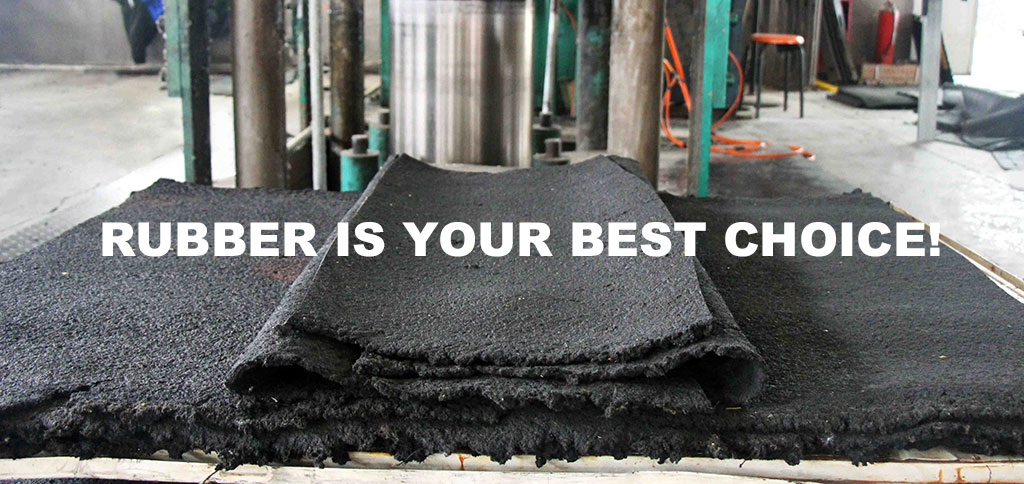
Learn more: Rubber speed cushion: your best choice!
How to choose your speed cushions?
If you want to install speed cushions in your busy street, roadways, or parking lots, be sure to crosscheck their quality, material, anti-slip feature, and size allowed in your locality.
So, here are some parameters for choosing the best speed cushion:
- Generally, concrete, asphalt, recycled plastic, and rubber speed cushions are used in the UK. These speed cushion materials have varying specifications; rubber has significant compression compared to concrete and asphalt (more information).
Similarly, when rubber is compressed, the vehicle’s wheels grip it instead of sliding. So, a suitable material selection should be your first choice.
- Regarding road safety and traffic calming measures, quality must not be compromised. As these pieces of equipment have a rough and tough job, speed cushions of poor quality would not maintain traffic flow and are worn out early. Bad speed cushions also promote accidents and are hazardous.
- Next is the size and dimensions if you have decided on the material. However, the name indicates that speed cushions are more calming than speed bumps and speed humps. Still, you may find countless width and height options.
Therefore, never go against the rules and get one ideal for the UK’s traffic laws. The recommended height of speed cushions is not more than 80 mm, and the maximum width is 2000 mm.
- The anti-slip feature is the last and most crucial factor to consider when choosing speed cushions. As these are specially installed to slow down speeders and maintain traffic volume, slipping speed cushions do more harm than good.
So, don’t forget to check the friction coefficient of the selected speed cushions.

Secrets of speed cushion materials!
Without any doubt, different speed cushion materials give a range of selections, but choosing the suitable material is necessary. You can never identify the best material unless you know the qualities of speed cushion materials.
So, there are 5 secrets of speed cushion materials:
1. Flexibility
Comes first! Some materials are tough enough to give hard-hitting, which is drastically dangerous for pedestrian crossing. When an overspeeding vehicle encounters speed cushions, it must not get a sudden shock. Instead, the speed cushion must be flexible to compress and allow a gentle passageway.
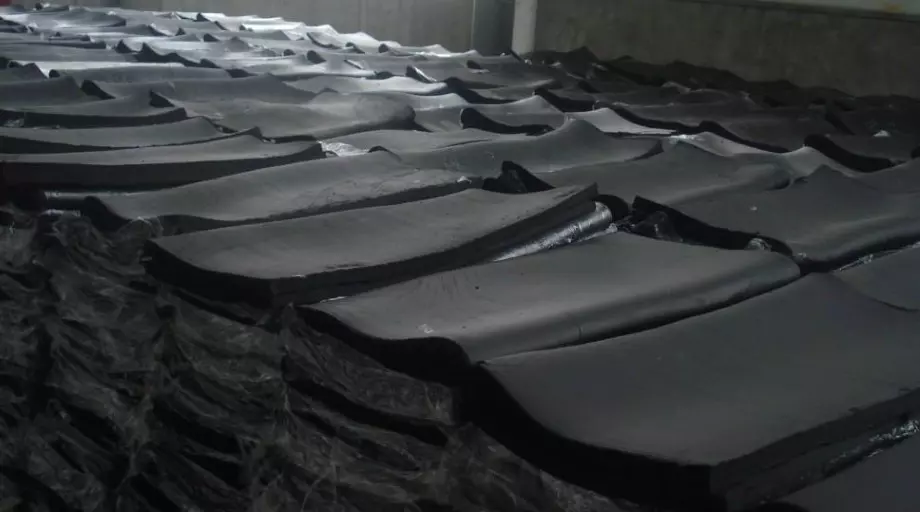
2. Durability
When counting the secrets of speed cushion materials, be focused on their durability. Speed cushions are installed for years to come. There would be no use of materials with cracks or holes.
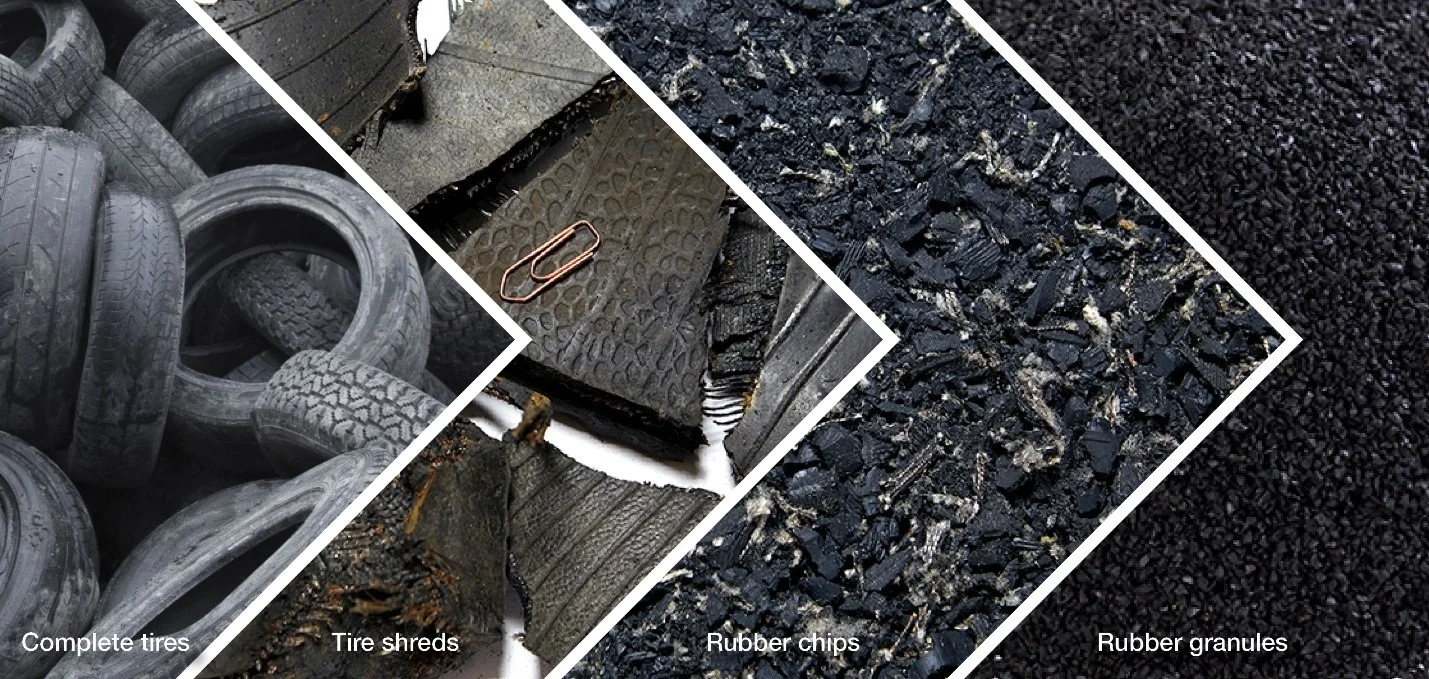
3. Noiseless
The speed cushion material must be noiseless. As traffic drives over cushions all the time, even minor sounds would cause traffic noise. So, I always prefer buying speed cushions that do not produce sound, and rubber speed cushions are ideal noise absorbers.
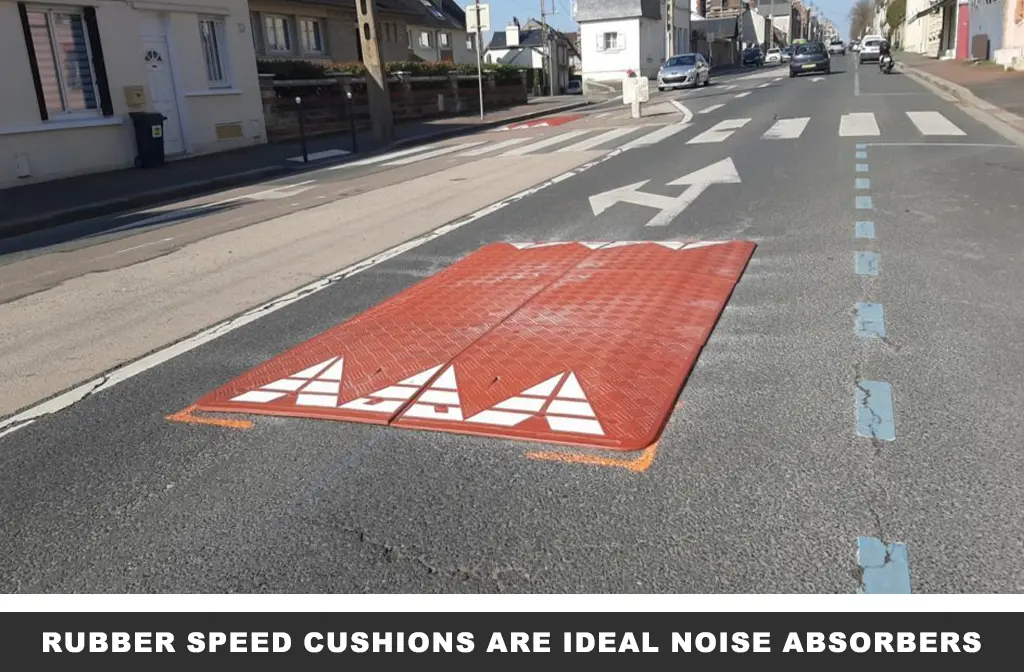
4. Resistance
Climate significantly impacts traffic calming measures, and they are vulnerable to extreme cold, frost, and heat. Therefore, speed cushion material must be weather-resistant to bear variable climate conditions.
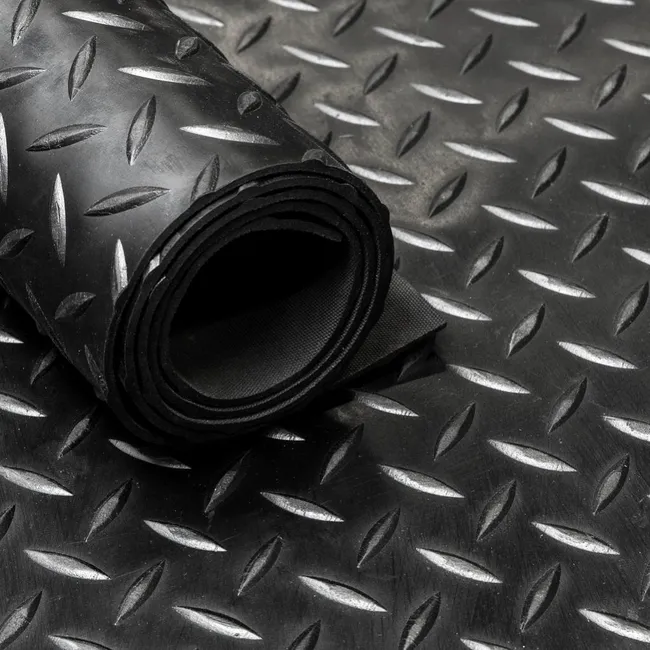
5. Eco-friendly
When you care about the climate impact on speed cushions, consider keeping the environment safe. Never choose a speed cushion material harmful to your surroundings.
Your choice should be productive and encouraging for recycled rubber speed cushions. These speed cushions neither release any by-product nor harm the system in other ways.
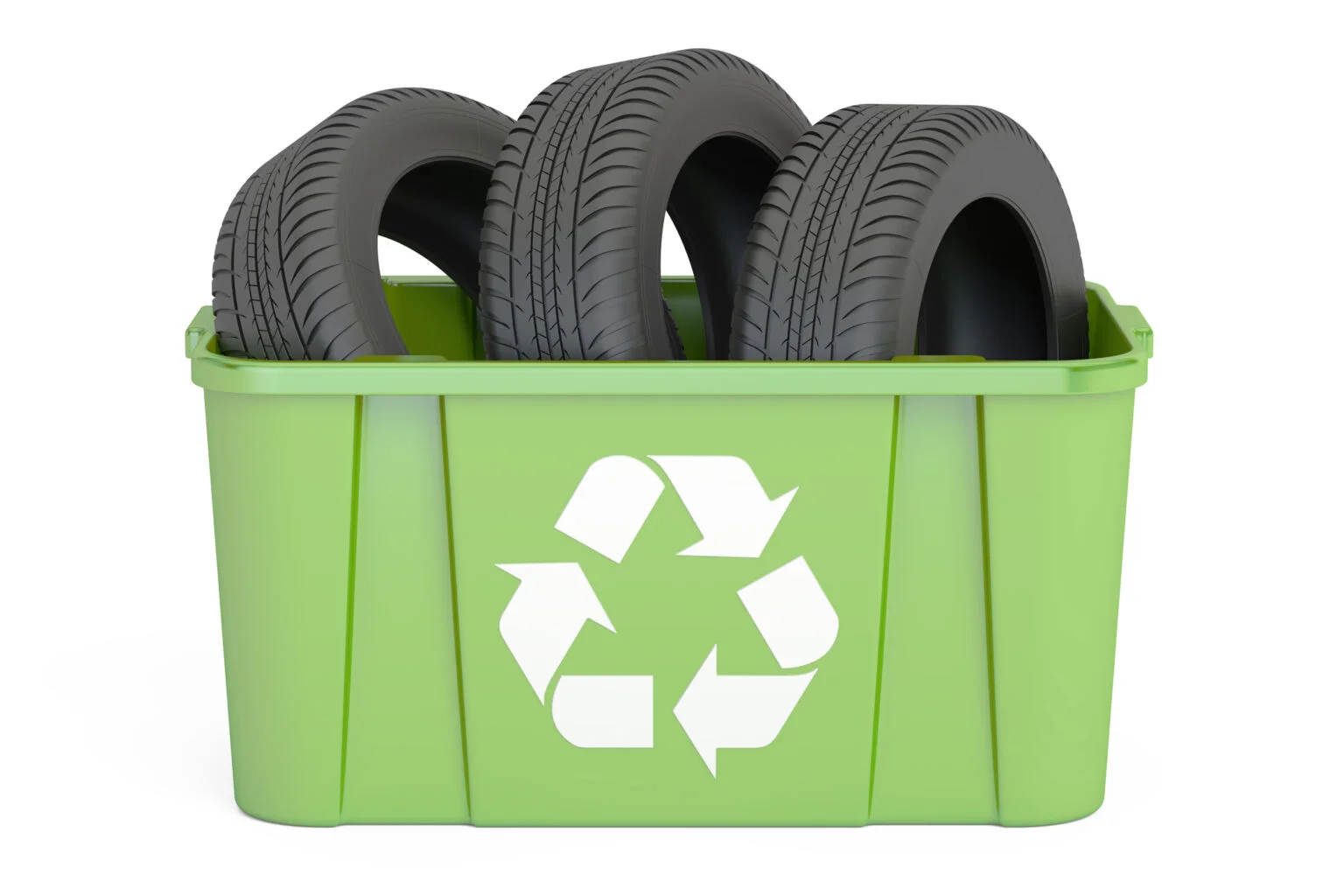
Are reinforced concrete speed cushions effective?
Concrete speed cushions are pretty old versions that have been replaced by many other modern and effective materials. The reinforced concrete speed cushions can bear heavy weight and resist varying environments. Their maintenance costs are also low.
But one of the disadvantages of concrete speed cushions is no compression and anti-slip feature. When there is no flexibility and compression, vehicles experience jerking and can prove unsafe for emergency vehicles.
Similarly, wet concrete speed cushions are not favourable from a safety point of view.
On rainy days, water soaks the speed cushions and results in slipping, which causes the falling of motor vehicles and bicyclists. Additionally, intelligent transportation systems are encouraged through road signs and proper traffic control plans, which concern concrete cushions.
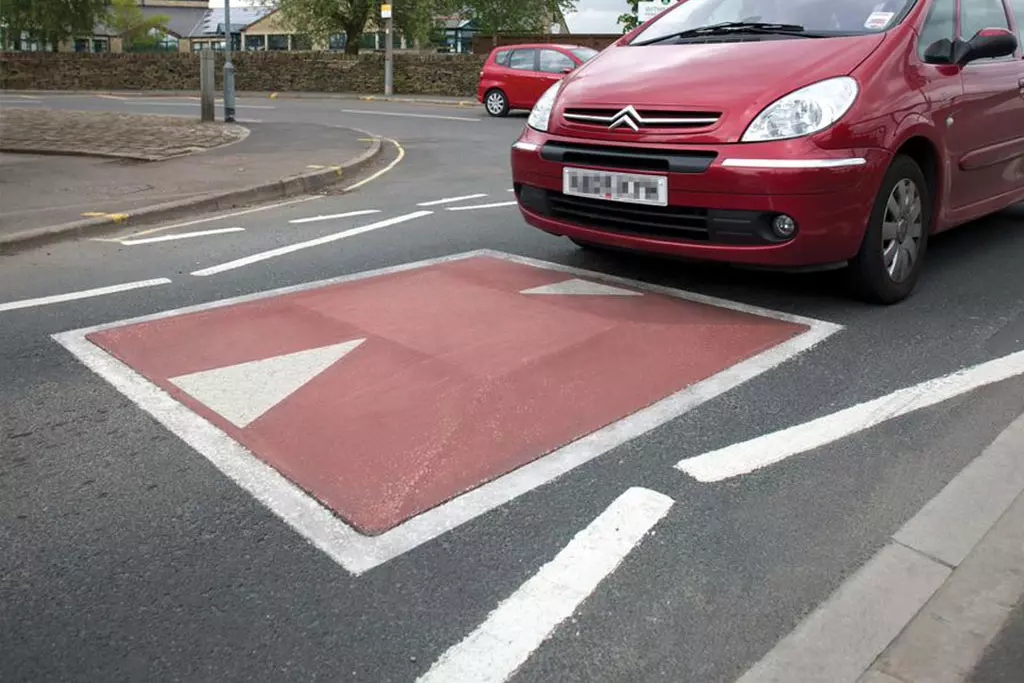
Are asphalt speed cushions good?
Asphalt speed cushions are also widely used, but finding their good and bad aspects is essential.
The petroleum product of asphalt speed cushions makes them unfit for use and cannot withstand extreme weather. When asphalt heats, it becomes vulnerable to causing marks and indentations that can also damage the wheels of the vehicles.
Asphalt speed cushions can also block the flow of water and obstruct drainage. So, standing water along the road is never in favour of traffic and can cause many problems.
Asphalt speed cushions also have less grasp than rubber speed cushions and are more on the slipping side.
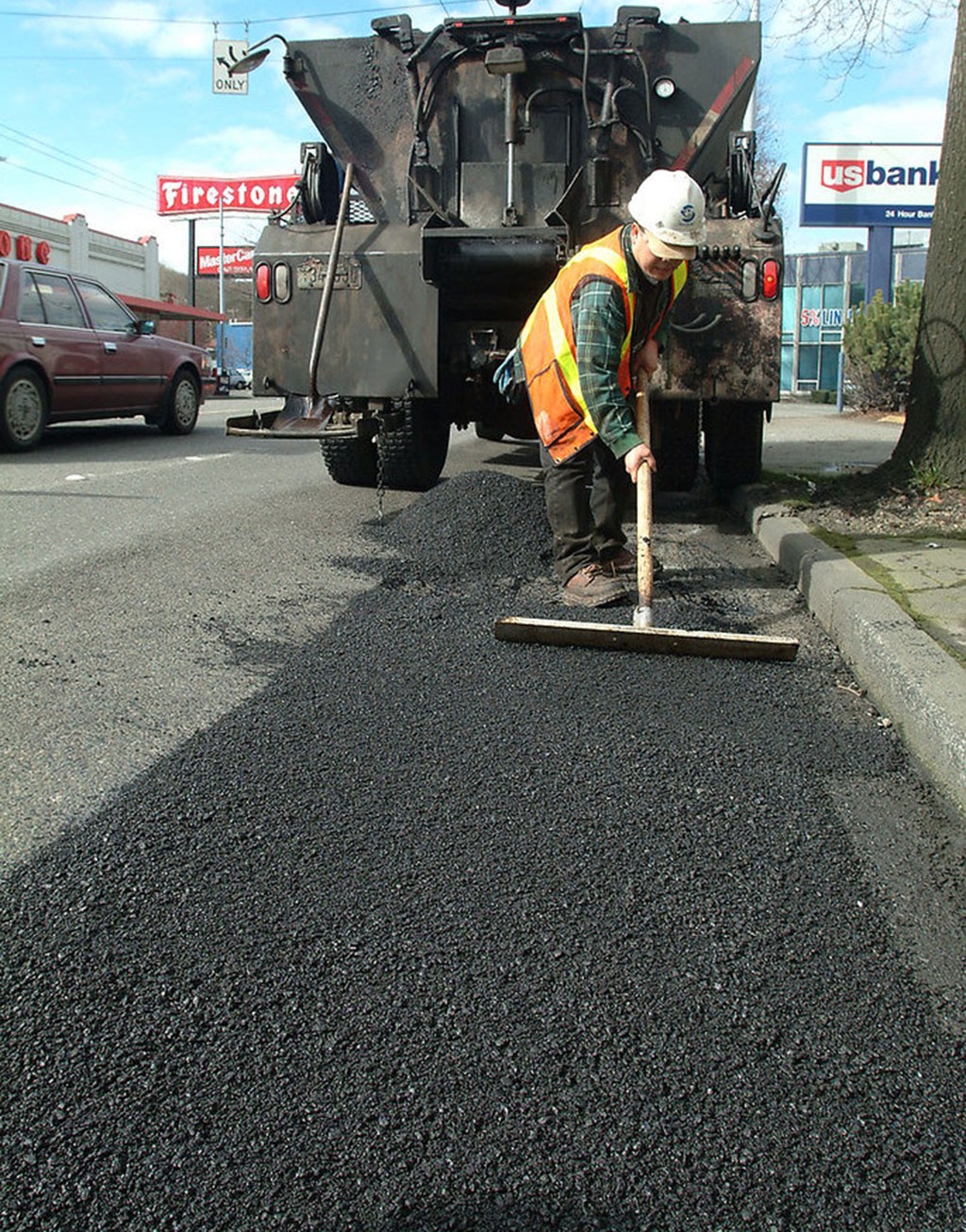
What colour is the best for speed cushions?
The colour of speed cushions is one of the vital signs indicating that the road has cushions and is aware of being at a slow speed.
That’s why speed cushions must be of bright colour and highly visible from a long distance.
Usually, black and red speed cushions are common with white or yellow markings and suitable for recognizing traffic safety measures.
The white or yellow arrow or reflective tapes are also easily identified in low light. When drivers notice these signs from far away, they get ready to minimize their speed and easily manage busy roads.
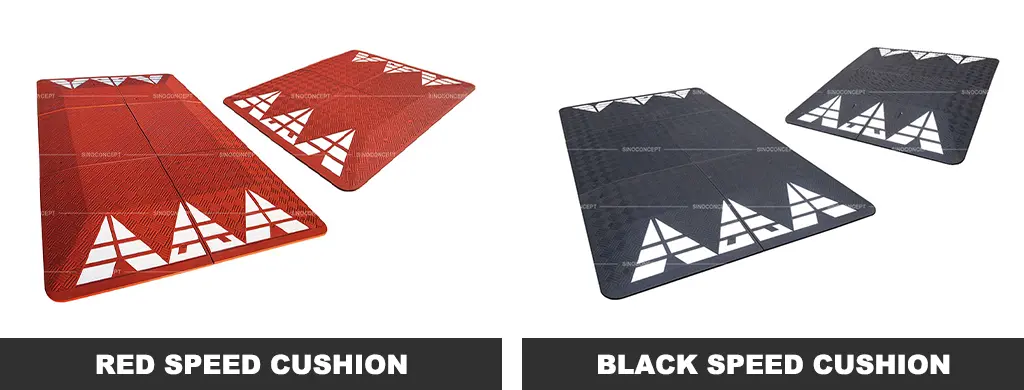
Conclusion
Speed cushions are speed control measures to discourage high-speed vehicular traffic on work zones, roadways, school zones, parks, crossings, parking spaces, pedestrian zones, and city streets.
Fire trucks and other emergency vehicles also need to be on the spot at the right time, and these cushions increase emergency response.
Therefore, these calm traffic areas provide an alternate route to emergency vehicles without traffic obstruction.
Speed cushions also allow large vehicles to straddle without affecting their speed and engage cars, bicycles, motor vehicles, and other small vehicles. So, choosing the best speed cushions is essential to minimize discomfort and the risk of accidents.
To learn more, we advise you to refer to the following pages:

